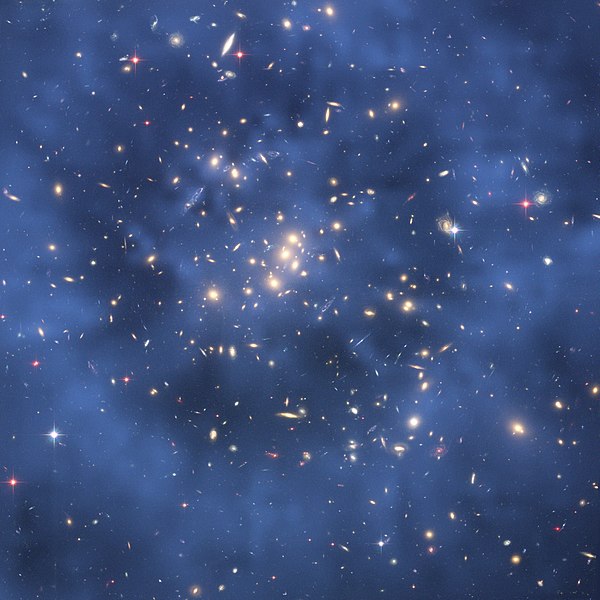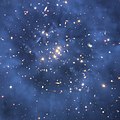Акс:CL0024+17.jpg

Андозаи ин пешнамоиш: 600 × 600 пиксел. Дигар кайфиятҳо: 240 × 240 пиксел | 480 × 480 пиксел | 768 × 768 пиксел | 1 024 × 1 024 пиксел | 2 048 × 2 048 пиксел | 3 921 × 3 921 пиксел.
Акси аслӣ (3 921 × 3 921 пиксел, ҳаҷми парванда: 23,03 Мбайт, навъи MIME: image/jpeg)
Таърихи файл
Рӯи таърихҳо клик кунед то нусхаи марбути парвандаро бубинед.
| Таърих | Бандангуштӣ | Андоза | Корбар | Тавзеҳ | |
|---|---|---|---|---|---|
| нусхаи феълӣ | 13:33, 19 июли 2009 |  | 3 921 × 3 921 (23,03 Мбайт) | Tryphon | Original size. |
| 01:36, 17 майи 2007 |  | 1 280 × 1 280 (1,75 Мбайт) | Clh288~commonswiki | {{Information |Description=Astronomers using NASA's Hubble Space Telescope have discovered a ghostly ring of dark matter that formed long ago during a titanic collision between two massive galaxy clusters. The ring's discovery is among the strongest evide |
Истифодаи парванда
Ин акс дар ҳеҷ саҳифа истифода намешавад.
Истифодаи саросарии парванда
Викиҳои дигари зерин ин файлро истифода мекунанд:
- Истифода дар af.wikipedia.org
- Истифода дар ar.wikipedia.org
- Истифода дар az.wikiquote.org
- Истифода дар bcl.wikiquote.org
- Истифода дар cs.wikipedia.org
- Истифода дар cy.wikiquote.org
- Истифода дар el.wikipedia.org
- Истифода дар en.wikipedia.org
- Истифода дар en.wikiquote.org
- Henry David Thoreau
- Leo Tolstoy
- Niels Bohr
- Karl Popper
- Arthur C. Clarke
- Friedrich Nietzsche
- Kate Bush
- Emily Brontë
- Ludwig Wittgenstein
- Helen Keller
- Joseph Addison
- Isaac Newton
- Jorge Luis Borges
- Edgar Allan Poe
- Fyodor Dostoyevsky
- Stephen Hawking
- Nikola Tesla
- Leaves of Grass
- Julian (emperor)
- Richard Feynman
- Four Quartets
- Eric Hoffer
- Jack Kerouac
- Aldous Huxley
- Aleister Crowley
- James Branch Cabell
- Denise Levertov
- Ken Wilber
- Rumi
- William James
- Kurt Vonnegut
View more global usage of this file.


